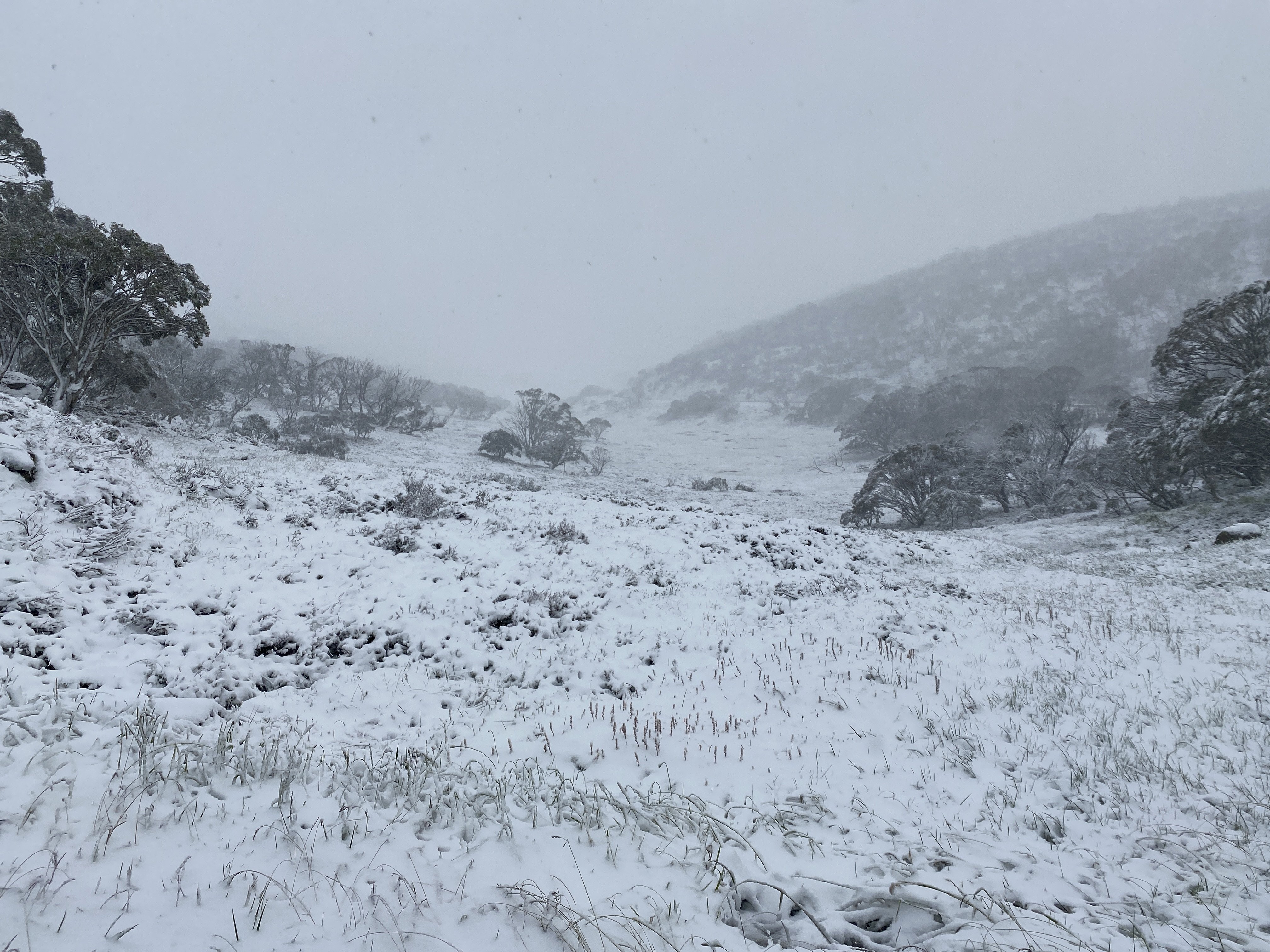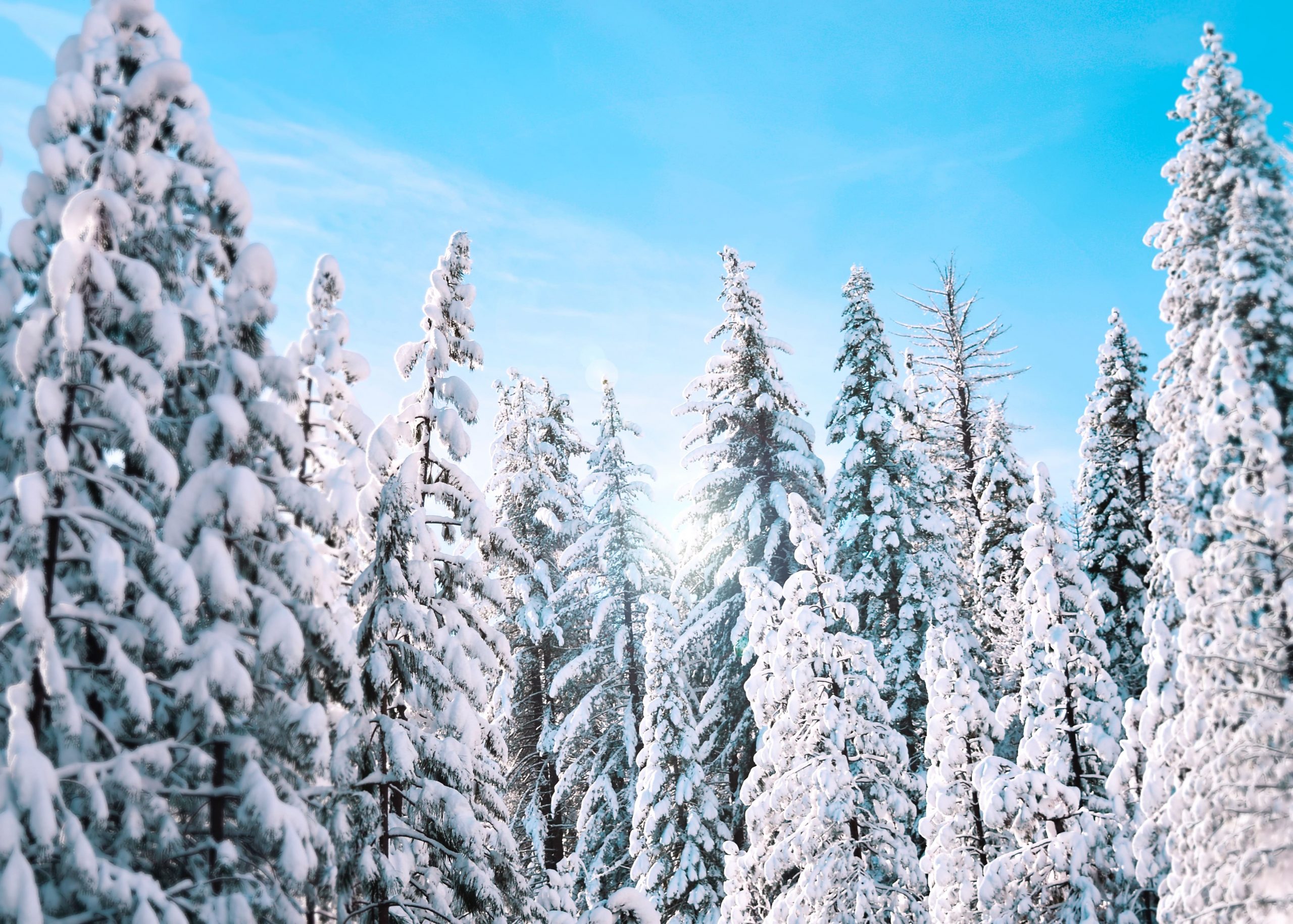Discover When and Where You Can Experience Snow In Australia for a Scenic Escape
Discover When and Where You Can Experience Snow In Australia for a Scenic Escape
Blog Article
The Numerous Types of Snow in Australia and Their Influence On Winter Season Sports
Australia, recognized for its sun-soaked beaches, is likewise home to a varied range of snow conditions that dramatically influence winter months sporting activities. Each type, from the damp seaside snow to the dry interior powder, provides distinct difficulties and advantages for professional athletes. An understanding of these variations is vital for those seeking to browse the Australian inclines, as each requires various techniques and durability. The following expedition will certainly discuss the effects of these snow kinds on wintertime sporting activities performance.

Comprehending the Characteristics of Different Snow Kinds
While numerous think that snow is a homogeneous entity, it is important to understand that there are various types, each with unique attributes. In Australia, these variants are specifically pronounced as a result of climatic variety. Coastal snow, discovered in areas such as the Snowy Mountains, is normally wetter and denser because of high wetness material, making it optimal for snowball fights or developing snowmen. On the other hand, the snow located in the interior regions like the Australian Alps is drier and lighter, typically contrasted to a fluffy powder. These distinctions in snow kind aren't merely aesthetic; they substantially influence wintertime sporting activities, determining the convenience of movement, the rate attainable, and the degree of control needed from athletes.
The Influences of Powder Snow on Winter Sports and Snowboarding
Despite its light and cosy look, powder snow in the Australian Alps presents both special difficulties and opportunities for winter season sports fanatics, specifically those involved in winter sports and snowboarding. The loosened, completely dry nature of powder snow can at first be difficult to navigate for newbies, requiring cautious equilibrium and control. For more experienced practitioners, the soft, untracked snow offers a thrilling experience, permitting for dynamic and nimble movement - Does Australia Get Snow. The forgiving and smooth surface area of powder snow likewise lowers danger of injury during drops, making it a recommended option for severe wintertime sporting activities. It's worth noting, the differing depth and unpredictable nature of powder can sometimes lead to surprise challenges, calling for consistent watchfulness.

The Difficulties and Advantages of Jam-packed Snow in Winter Season Sports
Shifting emphasis from the loose, dry powder snow, another widespread kind of snow in the Australian Alps is stuffed snow, positioning its own collection of obstacles and benefits in the realm of winter months sporting activities. This denser, extra solidified kind of snow supplies a faster, slicker surface, benefiting sporting activities like downhill snowboarding and snowboarding, improving rate and precision. However, the very same qualities additionally present challenges. Its difficult surface area can be high-risk, increasing the potential for injuries during falls. Additionally, regulating and navigating turns speed can find out this here be challenging on packed snow, needing higher ability levels from athletes. Despite these difficulties, loaded snow stays a crucial component in numerous winter sporting activities, forming the performance and methods of professional athletes.
The Role of Damp Snow in Australian Wintertimes Gamings
In contrast to the thick, slick surface area of jam-packed snow, wet snow plays a totally various duty in Australian winter months games. Does It Snow In Australia. Its pliability makes it excellent for snow sculpting events and for fortifying snow structures in sports like snow fort fights.

Just How Slushy Snow Impacts Winter Months Sports Performance
Continuing the expedition of varying snow conditions in Australia, the effect of slushy snow on winter months sports is one more intriguing element. Slushy snow, resulting from warmer temperature levels pop over to these guys or direct sunlight, postures distinct challenges to professional athletes. Thus, slushy snow changes the winter season sports landscape, requiring not only increased physical effort from athletes however also a better focus on security preventative measures.
Adjusting Winter Sports Techniques to Various Snow Problems

Final Thought
To conclude, Australia's varied snow kinds dramatically influence winter sporting activities efficiency. Each type, from the slick seaside snow to the drier interior powder and the heavy, sticky damp snow, provides distinct obstacles and benefits. Thus, athletes need to adapt their methods to navigate these differing problems effectively. The snow's formative duty emphasizes the relevance of understanding its characteristics to optimize performance and security in Australia's winter season sports landscape.
Moving emphasis from the loose, dry powder snow, one more prevalent type of snow in the best site Australian Alps is packed snow, presenting its own collection of obstacles and advantages in the realm of winter months sports - Snow In Australia.In contrast to the dense, glossy surface of stuffed snow, damp snow plays a totally different function in Australian winter months video games. Its pliability makes it ideal for snow sculpting occasions and for strengthening snow frameworks in sporting activities like snow ft battles.Continuing the exploration of differing snow conditions in Australia, the effect of slushy snow on winter sporting activities is another fascinating aspect. Each type, from the slick seaside snow to the drier interior powder and the heavy, sticky damp snow, offers distinct obstacles and benefits
Report this page